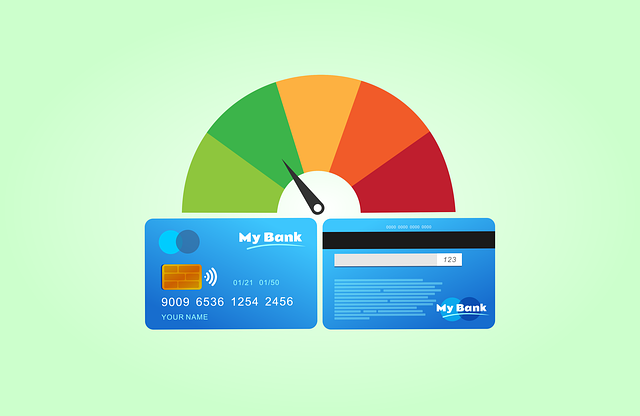Understanding the types of working capital loans is crucial for businesses seeking short-term financing. Choose between swift approval with lower rates but limited funds (short-term) or larger sums at higher charges over longer periods (long-term). Align your decision with financial goals and repayability, compare lenders on interest, fees, and terms, and prepare thorough documentation to demonstrate creditworthiness for a successful application.
Looking to boost your business with a working capital loan? This guide provides essential tips for navigating the process seamlessly. First, we’ll ‘Unraveling the Types of Working Capital Loans’ to help you understand the options available. Next, discover the ‘Working Capital Loan Benefits’ and how they can fuel your business growth. We’ll then delve into the key ‘Requirements for a Successful Application’, followed by strategies on ‘Choosing the Right Lender’. Learn about ‘Mastering the Application Process’ and securing favourable ‘Working Capital Loan Interest Rates’.
- Understanding the Types of Working Capital Loans
- Working Capital Loan Benefits and How They Can Boost Your Business
- Unraveling the Requirements for a Successful Application
- Choosing the Right Lender and Mastering the Application Process
Understanding the Types of Working Capital Loans

Understanding the types of working capital loans is crucial for any business owner considering this financing option. There are various types available, each with its own set of benefits and requirements. Short-term working capital loans are ideal for immediate cash flow needs, typically offering faster approval times and lower interest rates but with smaller loan amounts. On the other hand, long-term working capital loans provide more substantial funding but may have higher interest charges and longer repayment periods.
When choosing a working capital loan, factor in your business’s short-term financial goals and ability to repay. Compare different lenders’ offers based on interest rates, fees, and terms to find the most suitable option. The application process involves submitting financial statements, business plans, and other relevant documents. Demonstrating strong creditworthiness and a solid business strategy can increase your chances of securing favorable loan terms.
Working Capital Loan Benefits and How They Can Boost Your Business

Working Capital Loans offer a range of benefits that can significantly boost your business operations and growth. These loans are designed to meet short-term financial needs, providing businesses with quick access to funds for various purposes. Understanding the types of working capital loans available allows entrepreneurs to choose the most suitable option according to their requirements. Whether it’s to manage cash flow, purchase inventory, or cover operational expenses, these loans provide much-needed flexibility and liquidity.
One of the key advantages is the accessibility they offer. With a well-prepared working capital loan application, businesses can secure funds based on their current financial performance rather than solely relying on assets. This is particularly beneficial for startups or small enterprises that may lack traditional collateral. Additionally, working capital loans often come with competitive interest rates, allowing businesses to manage their debt effectively while ensuring they have the resources to thrive in a dynamic market. Choosing the right loan and navigating the application process efficiently can be a game-changer for any business looking to expand and succeed.
Unraveling the Requirements for a Successful Application

When applying for a working capital loan, understanding the types available is key. From short-term loans to lines of credit, each has its unique features and benefits, catering to different business needs. Unraveling these options allows entrepreneurs to choose the most suitable working capital loan type, aligning with their growth strategies and financial goals. The working capital loan benefits are numerous, offering businesses a quick injection of cash flow to cover operational expenses, seize market opportunities, or manage seasonal fluctuations.
However, navigating the application process requires diligence. Lenders typically assess creditworthiness, business performance, and future projections. Demonstrating a solid understanding of your company’s financial health and growth prospects is essential. Working capital loan requirements include clear documentation such as financial statements, tax returns, and business plans. A well-prepared application with accurate information ensures a smoother process, potentially securing lower interest rates. By addressing these considerations, businesses can increase their chances of a successful working capital loan application, unlocking the financial flexibility needed to thrive in today’s competitive market.
Choosing the Right Lender and Mastering the Application Process

Understanding the types of working capital loans is crucial before applying. These loans are designed to provide businesses with short-term funding to cover operational expenses, inventory purchases, or other immediate needs. They can be asset-based, where collateral is required, or non-asset-based, offering more flexibility but often with higher interest rates. Knowing the working capital loan benefits and understanding your business’s requirements will guide you in choosing the right option.
Mastering the application process involves gathering essential documents, such as financial statements, tax returns, and business plans. It’s important to compare lenders based on their terms, fees, and interest rates to find the best fit for your needs. A thorough understanding of working capital loan requirements will ensure a smoother application, increasing your chances of securing funding quickly.






